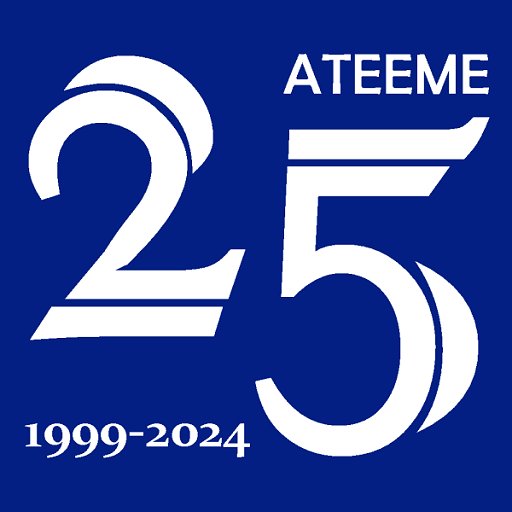ATM collecting in Spain
For years there has been talk of a decline in philately, a decrease in collecting that, seen from the outside, in many cases, is associated with a hobby stuck in the past and, therefore, not attractive to the new generations. This is far from reality as philately in its broadest sense offers unlimited possibilities of study and collecting with some aspects, in constant evolution and linked to new technologies. One such example are variable value stamps.
But what are variable value stamps?
As the name suggests, these are stamps whose face values are not fixed i.e. not pre-printed along with the stamp design at the printing stage, but decided on by the customer when purchased according to his or her postage needs.
Like ‘traditional’ stamps, variable value stamps include the name of the country and/or postal administration and the face value and, in some cases, information on the issuing post office or machine, the weight and type of item to be posted, the date and time of issue and various control codes, etc. These franking stamps can be issued by a postal employee from a computer system, or purchased directly by the customer at self-service postal kiosks. According to its issued characteristics, the resulting stamp can be for immediate use, or have an unlimited validity, like any other ‘traditional’ stamp; the latter is what we know as ATMs.
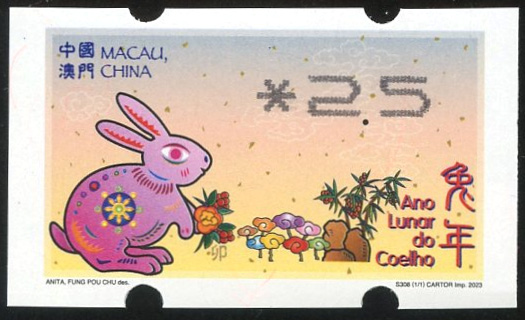
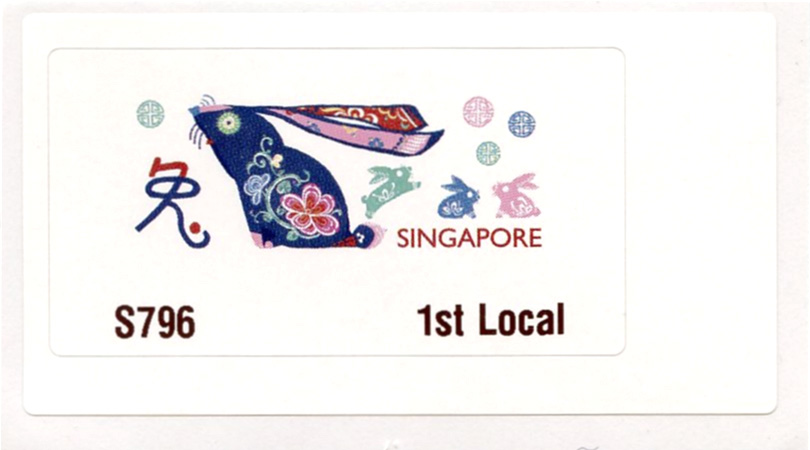
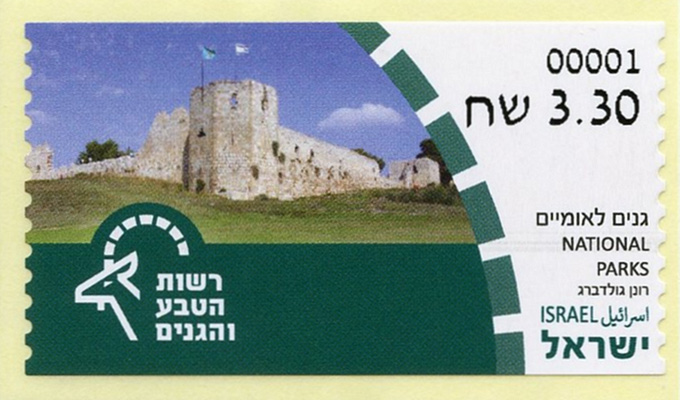
These stamps are issued from sheets or rolls of gummed or self-adhesive labels, blank or with a pre-printed design that acts as a security background. Stamps with different face values can therefore be printed from the same label design.
Globally this type of stamp has been associated more with postal than philatelic purchases, and in many instances has not been widely sold by philatelic services. Consequently, these are issues that very rarely appear in general philatelic publications or catalogues, and are therefore unknown to many collectors, and only collected and studied by specialist groups.
Because of this stamp’s unique characteristics, most postal administrations around the world have experimented with, used and developed different types of vending machines offering variable value stamps. The use of equipment capable of weighing, pricing and automatically issuing the corresponding stamp greatly speeds up and simplifies the accounting and customer service processes in post offices, and also avoids the accumulation of specific values as is the case with ‘traditional’ stamps.
This type of stamp (erroneously called ‘postage label’, ‘ATM label’ or simply ‘label’) were introduced in Spain towards the end of the 1970s, being issued from Frama franking machines. The first Epelsa machines were installed in the early 1980s. But it was from 1992 onwards that most post offices began to be equipped with Epelsa franking scales and, to a lesser extent, Mobba machines. Over the years, Epelsa manufactured several models of franking scales, giving rise to different varieties of variable value stamps.
In the late 1980s and early 1990s, following the experiences in other countries, and in Spain, vending machines from the companies Frama and Klüssendorf were installed. This was followed by different prototypes of postal kiosks. From 2003 onwards, Correos installed 250 Epelsa LF self-service kiosks. These self-service machines, enable the customer to select a face value, make the payment, and immediately obtain the variable value stamp suited to his or her postage needs.
Much more recently, at the 2016 National Stamp Fair, the Correos philatelic service put into service a new postal kiosk from the British company IAR (Intelligent AR) – pictured right and video below-, complemented the following year by a back office computer system, equipped with Brother printers.
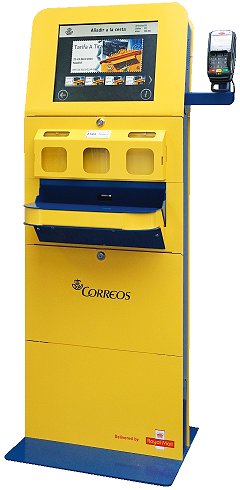
Variable value stamps, with their multiple variants, are one of the fields of modern postal and philatelic history offering many interesting new features and with a strong yet slightly unknown future. While ‘traditional’ philatelic issues in many countries have been relegated to the collector’s world, variable value stamps have maintained the essence of the “Postage Stamp” concept, and are used extensively for postage. This fact has enabled and encouraged many disenchanted collectors to return to the hobby of stamp collecting.
Josep Jové i Jové – Article published in ‘Sellos y mucho más’, the Correos magazine, in June 2016. Revised in December 2023
(English edition rewriten by J. Gareze)
Video produced in April 2016, during the presentation of the new Correos Intelligent AR (IAR) kiosk at the Madrid National Stamp Fair
